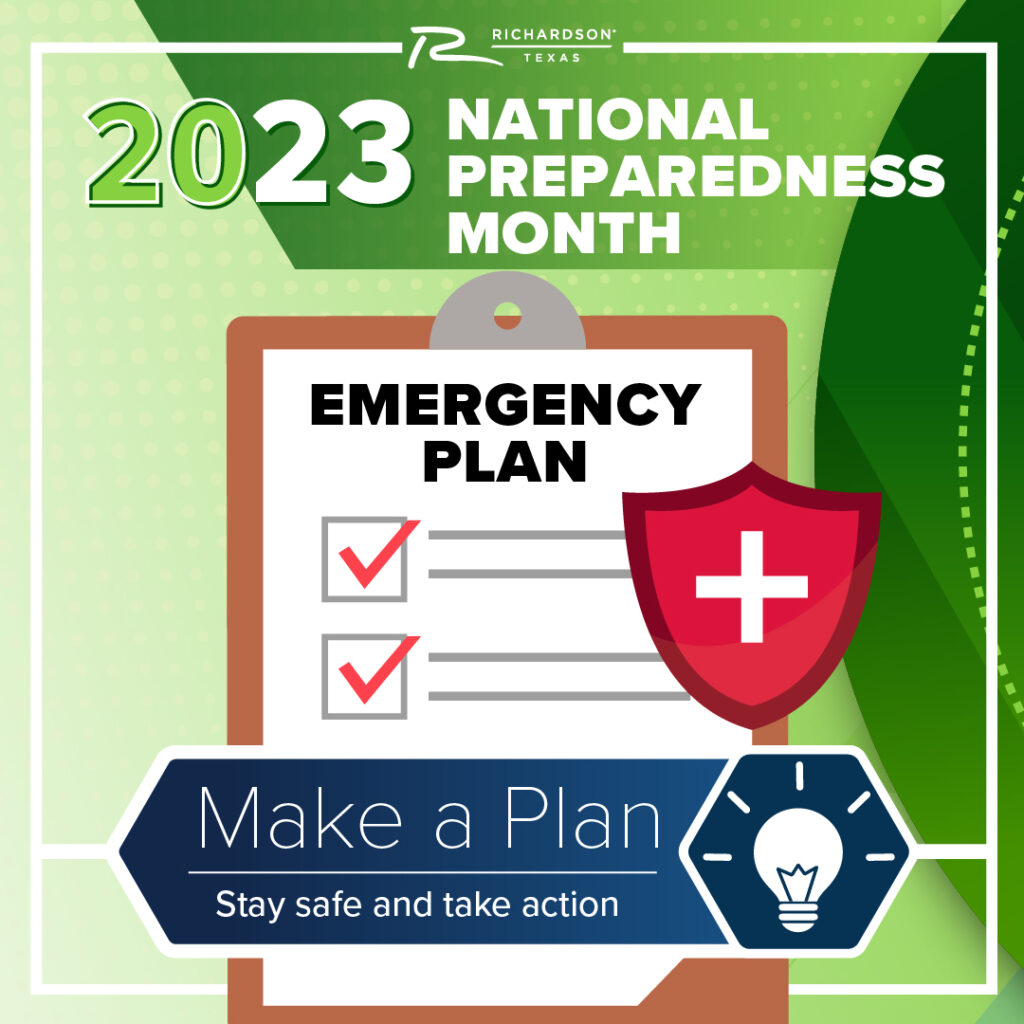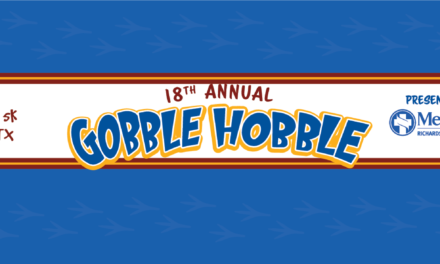Having an emergency plan can come in handy when disaster strikes. During National Preparedness Month, we’re sharing some best practices for you to consider in the event there’s a crisis.
It’s always a good idea to plan together, discussing how each person in your household will receive alerts and warnings, where to take shelter, and how you will contact one another and reconnect if separated.
As you prepare an emergency plan, make sure to tailor it and your supplies to specific daily living needs and responsibilities, such as dietary and medical needs, cultural and religious considerations, and disabilities or access and functional needs, including devices and equipment.
An emergency plan should also include a contact list with phone numbers, e-mail addresses, social media pages, school or caregiver contacts, insurance information, and an established meeting place that’s familiar and easy to find.
It’s important to practice your emergency plan with your household to help ensure each other are prepared for an emergency.
Visit www.cor.net/makeaplan for more information on taking action and being prepared.





